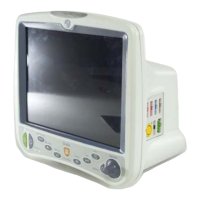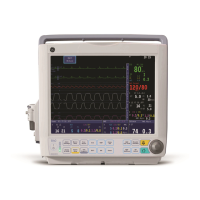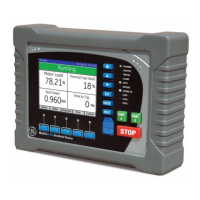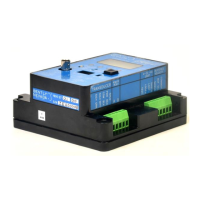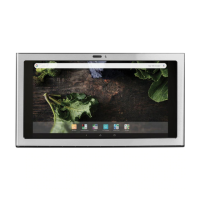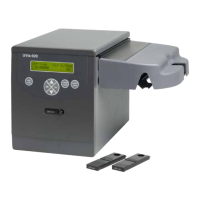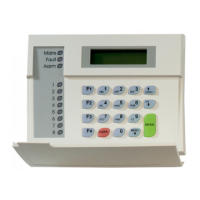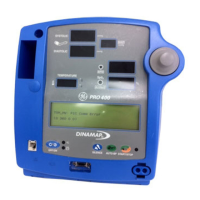3.14 Simple Network Management Protocol (SNMP)
The SNMP is an application–layer protocol defined by the Internet Architecture Board (IAB) in RFC1157 that is used
for exchanging management information between network devices. It is a part of the Transmission Control
Protocol/Internet Protocol (TCP/IP) suite.
The QuickPanel
+
Operator Interface is enabled as an
SNMP
Agent with the capability to communicate with SNMP
Managers
(software tools run independently and are not part of QuickPanel
+
Operator Interface) for the following purposes:
• Send notification of HMI Alarms as Traps
• Provide live values for SNMP Manager’s GET/GETNEXT Query calls for HMI Tags
The following diagram illustrates the QuickPanel
+
operating as the
SNMP
Agent to communicate with a SNMP Manager for
Traps notification and responding to Query HMI Tag values.
HMI
Tags
Alarms
System
Info
QuickPanel
+
Device
SNMP
Manager
QuickPanel
+
Management Information Base (MIB) Overview
The QuickPanel
+
SNMP
Agent maintains a MIB that describes the managed device parameters like HMI Tags, alarms, and
such. The SNMP Manager uses the MIB to request specific information for the
SNMP
Agent and translates the information
as needed for the SNMP Managers or Network Management System (NMS).
The MIB is a collection of information for managing network elements. It is a plain text file, self-explanatory, and
prepared based on the Structure of Management Information (SMI), an adapted subset of Abstract Syntax Notation
One (ASN.1)
standard and notation.
Attention
The QuickPanel
+
MIB is follows the SNMP V2c and is also be compatible with SNMP
V1 based on the strictness of MIB compilers supported by SNMP Managers.
The MIB is comprised of managed objects identified as Object Identifier (Object ID or OID). Each Identifier is unique and
denotes specific characteristics of a managed device. When queried, the return value of each identifier may be
different.
